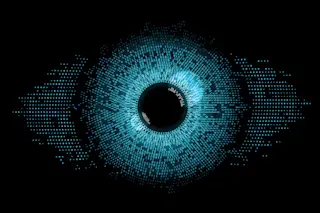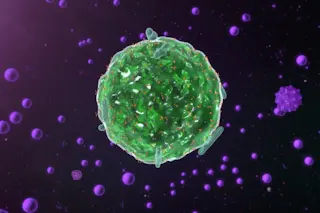Elon Musk recently pronounced that the next Neuralink project will be a “Blindsight” cortical implant to restore vision: “Resolution will be low at first, like early Nintendo graphics, but ultimately may exceed normal human vision.”
Unfortunately, this claim rests on the fallacy that neurons in the brain are like pixels on a screen. It’s not surprising that engineers often assume that “more pixels equals better vision.” After all, that is how monitors and phone screens work.
In our newly published research, we created a computational model of human vision to simulate what sort of vision an extremely high-resolution cortical implant might provide. A movie of a cat with a resolution of 45,000 pixels is sharp and clear. A movie generated using a simplified version of a model of 45,000 cortical electrodes, each of which stimulates a single neuron, still has a recognizable cat but most of the details of the ...














